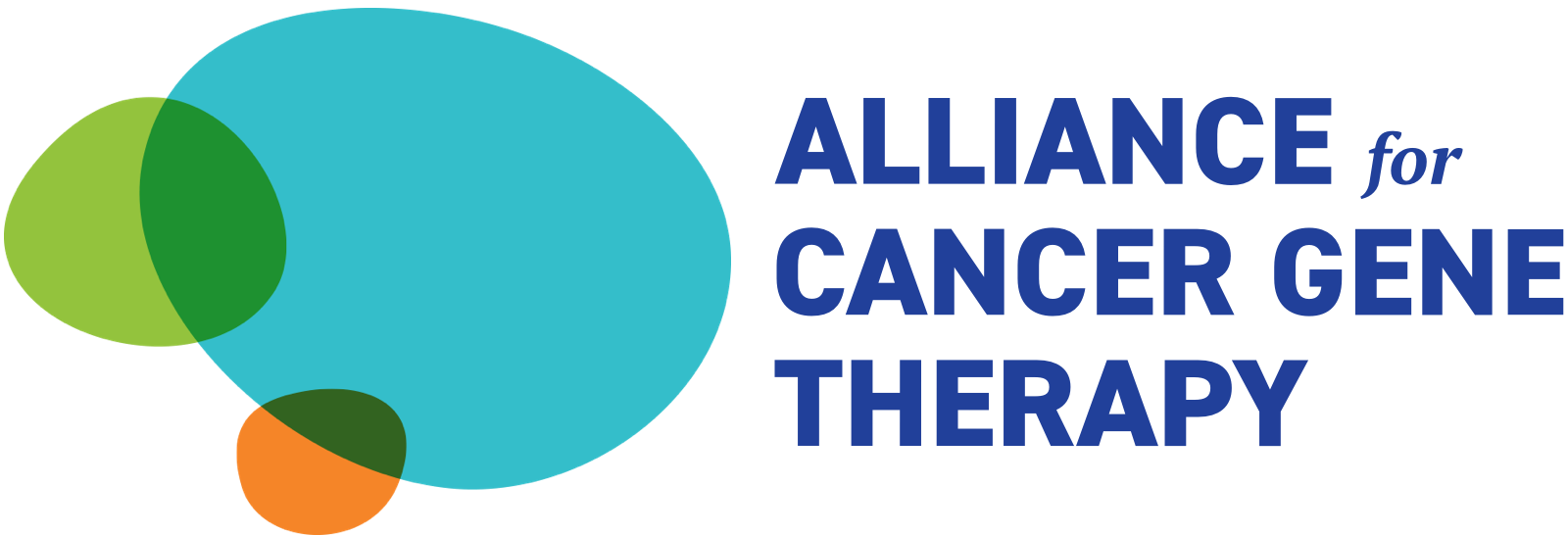Taking an engineering approach to biology.

Miguel Sena-Esteves, PhD
University of Massachusetts
“I have no doubt that gene therapy is the path to a future of precision medicine,” says Miguel Sena-Esteves, PhD, of the University of Massachusetts Medical School (Worcester, MA). “Recent clinical trials show this unequivocally, but of course, there is more work to do.” And Dr. Sena-Esteves has been doing this work for nearly 20 years.
The first gene therapy research grant Dr. Sena-Esteves received was from the Alliance for Cancer Gene Therapy, and it launched him onto a career trajectory focused on creative solutions to difficult cancer challenges.
“A journal editor once famously said that gene therapy can be summarized in three words – delivery, delivery, delivery,” says Dr. Sena-Esteves. “It’s true. Once we can get inside of a cell, we understand what needs to be done to correct or counteract the effects of genetic mutations. We have promising new tools and technologies, but efficient delivery is still difficult, especially in the brain. Progress requires taking an engineering approach to biology.”
In his Alliance-funded study, Dr. Sena-Esteves explored how to use a viral strategy to create a zone of resistance in the brain where normal tissue could be modified to prevent tumors from growing, and ultimately, to destroy them. His studies revealed that adeno-associated viral (AAV) vectors could do the job, but not without long-term toxicity consequences.
Dr. Sena-Esteves’s Alliance-funded research led to the publication of four important scientific reports in Molecular Therapy; Cancer Gene Therapy; Molecular Oncology; and Neuro-Oncology.
Understanding the toxicity issues challenged Dr. Sena-Esteves and his team to pursue better means and modalities for regulating gene expression – to selectively turn the gene therapy on and off to avoid toxic consequences for patients. Today, further research initiatives have expanded Dr. Sena-Esteves’ focus to include other neurodegenerative diseases, including Tay-Sachs and Sandhoff diseases, GM1 gangliosidosis, which are mostly pediatric diseases, as well as others that affect primarily adults such as ALS and Huntington’s disease. His faith in the potential of gene therapies is unwavering as is his appreciation for the evolutionary process of research. In 2019, Dr. Sena-Esteves and his team moved very promising new strategies into new clinical trials.
“I have no doubt that gene therapy is the path to the future. Recent clinical trials show this unequivocally.”



